National Tree Week
News
Bath Spa University celebrates National Tree Week
Wednesday, 27 November, 2024Bath Spa University has no shortage of trees, with myriad species providing shelter, shade, soothing ambient sounds, habitats for various wildlife, impressive foliage and more across our campuses. Every week could be Tree Week at BSU, but this week is particularly special.
National Tree Week, held this year from 23 November to 1 December, is the UK’s largest annual tree celebration. Organised by The Tree Council, the week marks the start of the winter tree planting season and encourages communities across the UK to plant and care for trees. The week also aims to raise awareness about the vital role trees play in the environment, from providing habitats for wildlife to improving air quality and combating climate change.
In honour of National Tree Week, here are a few of our favourite BSU trees:
The tree commemorating HIM Emperor Haile Selassie I of Ethiopia
In October 2024, BSU marked 70 years since His Imperial Majesty Haile Selassie I, Emperor of Ethiopia, visited our Newton Park campus. Attended by the Emperor’s great-granddaughter, Her Imperial Highness Princess Esther Selassie Antohin, a specially selected tree was planted on the University’s picturesque lakeside.
The Emperor lived in exile in Fairfield House, Bath, from 1936 to 1941 when his country was occupied by Italy. He returned to visit Bath in 1954 and paid a visit to Newton Park.
The Taxodium Distichum tree, also known as a swamp cypress, has now taken root at Newton Park and is part of the ‘family’ of trees cared for by our dedicated Grounds team. It was chosen as a species that will thrive on our campus, and is known for its feathery, light green foliage which turns a rich yellow-brown in autumn.
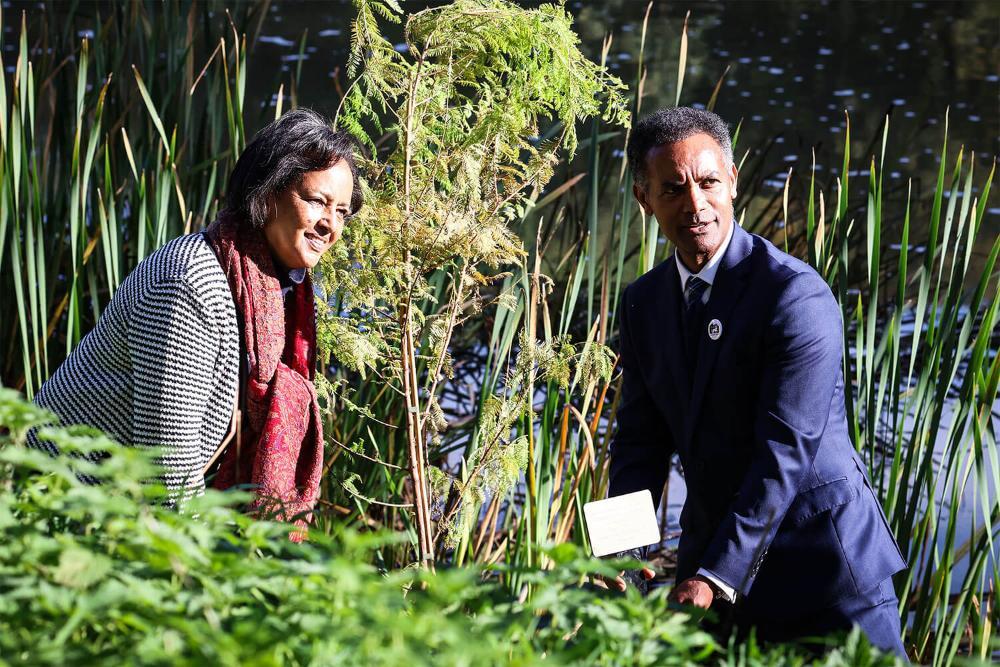
The Suffragette Tree
BSU’s Suffragette Tree is a cedar tree which can be found on the lakeside walk at Newton Park, near the Temple.
The tree is one of three commemorating the arboretum at Eagle House, near Bath, once owned by the suffragette Emily Blathwayt and her husband Colonel Linley Blathwayt. The house became an important refuge for suffragettes who had been released from prison after hunger strikes. Between 1909 and 1911, at least 47 trees were planted in the grounds to commemorate these women. Sadly, the trees were destroyed in the 1960s to make way for a new housing estate.
In 2010, a group of History lecturers and researchers at BSU launched a campaign to plant new trees commemorating the lost arboretum at Eagle House, and in March 2011, three trees were planted in Bath – one in Victoria Park, one in Alice Park and our own Suffragette Tree at BSU.
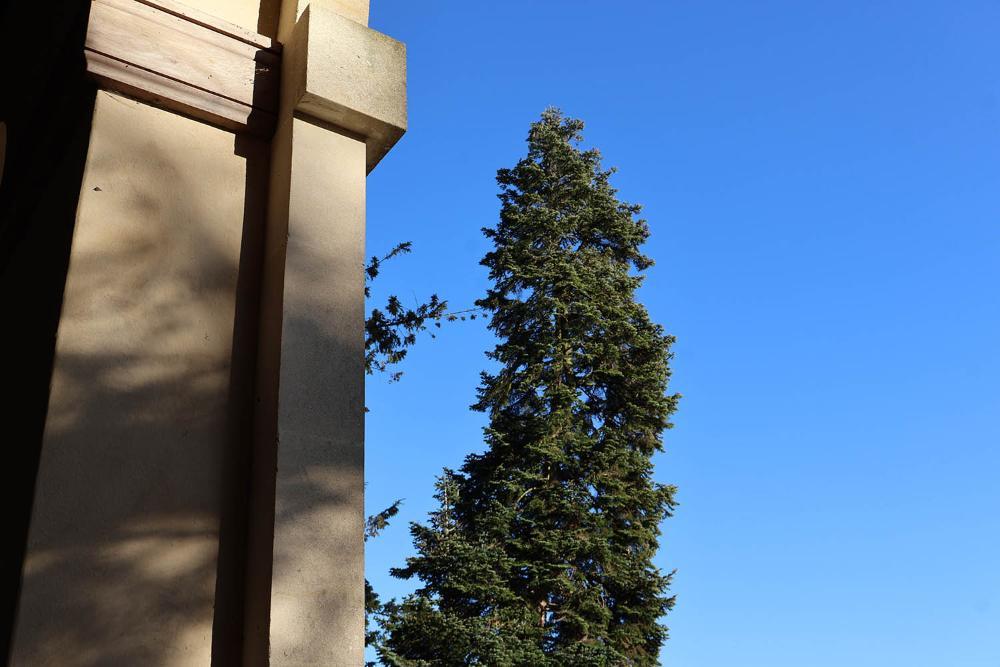
The tallest and (probably) oldest trees at Newton Park campus
One of the more striking trees on campus (and very popular with the sheep, who love to lounge around it) is the Wellingtonia, or Giant Redwood, in the field across from Main House. Giant Redwoods are the largest trees on Earth, growing to an average height of 50 to 85 metres, with trunk diameters ranging from 6 to 8 metres. Though not as tall as its Californian cousins, our own Giant Redwood cuts an imposing figure and is possibly one of the most photographed trees on campus.
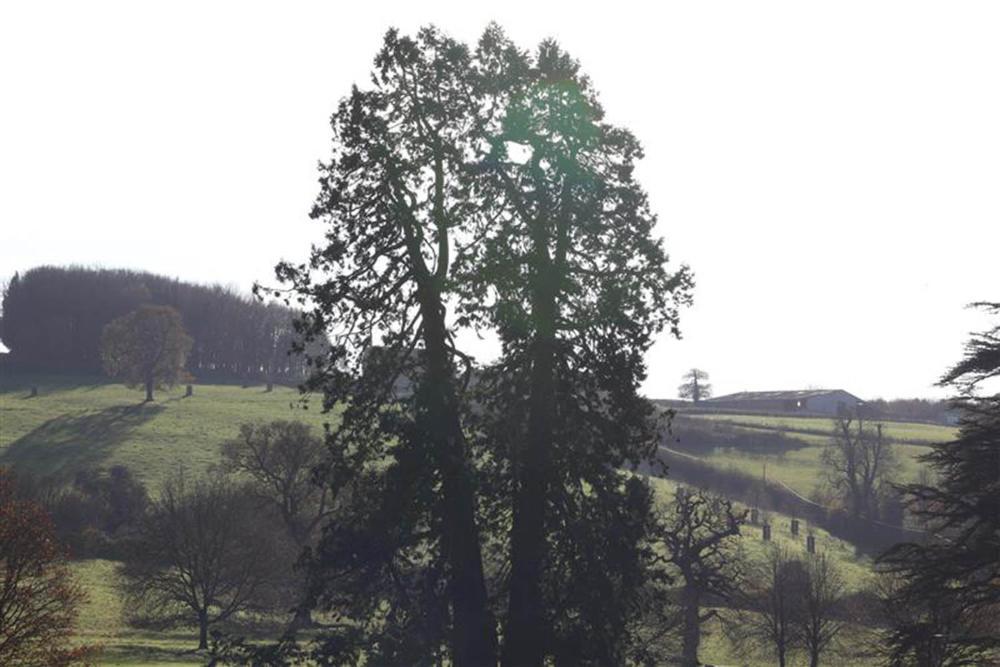
At the back of Hiscocks and Harrington buildings, you can find some nice old gnarly oak trees, which are amongst some of our oldest on campus – likely planted by famous landscape architect Lancelot ‘Capability’ Brown himself in the 18th century.
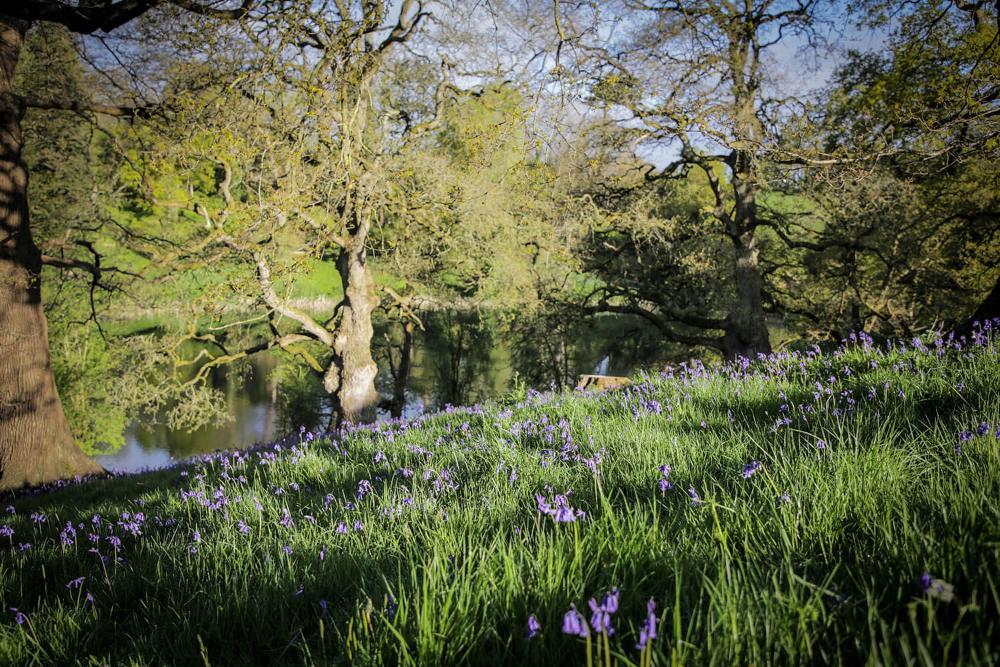
The Weeping Willows at Locksbrook Campus
Our Locksbrook Campus is known for its creative spaces and cool, artsy vibe, but its location near the River Avon also provides a bit of tranquility. Near the building’s southern wall are several weeping willow trees by the riverside, with picnic tables nearby for staff and students to sit and admire the view. Alongside the trees is also a handcrafted bench, created by BSU Creative Arts Practice graduate Amy Bullock, in honour of retired administrator in the School of Arts, Clare Brandram-Jones.
Weeping willows are known for their long, wispy branches that hang down and gently sway in the breeze, providing a peaceful and calming atmosphere. Their nectar-rich flowers also provide a key source of food for insects like bees and butterflies, creating a perfect space to take a break, clear your head and relax among nature.
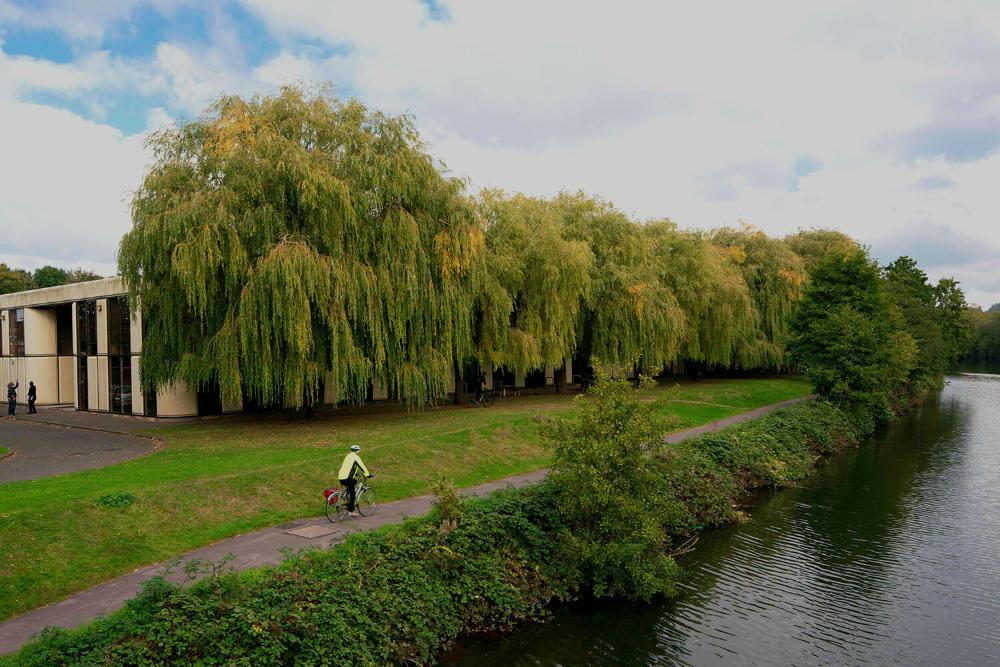
The Memorial Tree at Newton Park
Have you ever wondered why there is a metal tree attached to the Compton building at the back of Newton Park Campus?
This special tree is BSU’s Memorial Tree, created to acknowledge the lives of staff and students who have passed away. The tree is made of the same material as Antony Gormley’s famous Angel of the North sculpture, with individual leaves bearing the names of alumni, students and staff, placed at their relatives’ request.
BSU’s Lead Chaplain, Rev Dr Katy Garner, said:
“The University felt that it was really important to offer an acknowledgement of those associated with BSU who have died. In previous years benches or living trees have been placed on the campus, but plants and trees can die and benches break. The University decided to try and do something sustainable and beautiful to continue people's requests.
“It really helps the families to know that the lives of the people they’ve loved are permanently remembered here on campus. It gives them a sense of having a place of memorial to do with their work or student life, which in turn can help in the process of grieving.”

We love our trees at BSU. You can read more about how our hardworking Grounds team looks after our trees, and all the other amazing work they do keep our campuses looking their best.